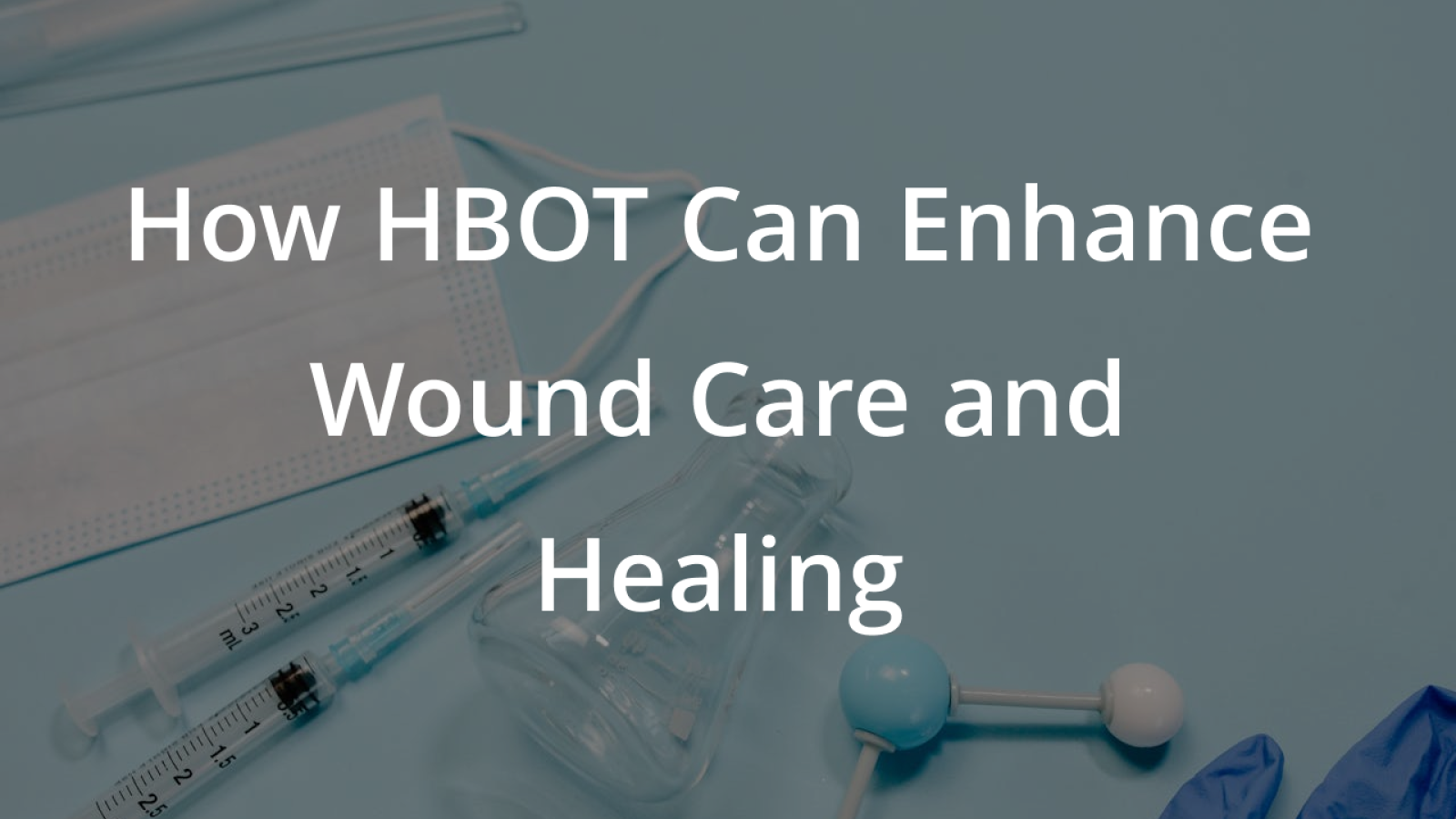Hyperbaric Oxygen Therapy (HBOT) is a specialized medical treatment that enhances the body’s natural healing processes by inhaling 100% oxygen in a total body chamber, where atmospheric pressure is increased and controlled. It is used for a wide range of healing and therapeutic purposes, especially in wound care. This blog explores how HBOT can significantly improve the healing of chronic wounds, particularly those complicated by diabetes. It also discusses how HBOT facilitates faster and more effective wound healing.
The Basics of Hyperbaric Oxygen Therapy
HBOT involves breathing pure oxygen in a pressurized environment, significantly increasing the amount of oxygen in the blood and tissues. The increased oxygen levels can help:
- Fight infection: Oxygen is a natural antibiotic that can help reduce bacteria.
- Reduce swelling: HBOT can decrease swelling and inflammation, influencing wound healing.
- Stimulate the release of growth factors and stem cells: These are essential for the repair and regeneration of tissues.
Enhancing Wound Healing with HBOT
- Accelerating Chronic Wound Repair: Chronic wounds, such as diabetic ulcers, are exceptionally responsive to HBOT. These types of wounds suffer from hypoxia (low tissue oxygen levels), which can stall the healing process. HBOT directly combats this by increasing the oxygen content in the plasma, delivering it to wound tissues that are struggling to heal due to poor blood circulation or other impediments.
- Treatment of Infected Wounds: HBOT benefits infected wounds because high levels of oxygen are toxic to many bacteria, including anaerobes that thrive in low-oxygen environments. HBOT also enhances the ability of white blood cells to kill bacteria, further reducing the infection and promoting healing.
- Promoting Angiogenesis: HBOT stimulates the formation of new blood vessels, a process called angiogenesis. This is crucial for wound healing as it helps improve the blood supply to the wound, which is essential for bringing in nutrients, oxygen, and immune cells to promote healing and fight infection.
- Reducing Edema and Inflammation: By decreasing swelling and inflammation, HBOT improves blood flow to the affected areas offered in swollen tissues. This improved blood flow further enhances the delivery of oxygen and nutrients necessary for tissue repair.
HBOT for Diabetic Wounds
Patients with diabetes often suffer from non-healing wounds, particularly foot ulcers, which can lead to severe complications if untreated. HBOT is especially beneficial for diabetic wounds because it enhances oxygen delivery to oxygen-starved tissues, promotes faster resolution of infection, and facilitates wound closure. Clinical trials have demonstrated that HBOT can increase the healing rate of diabetic foot ulcers and reduce the need for amputation.
Integrating HBOT into Comprehensive Wound Care
While HBOT is powerful, it is most effective when used as part of a comprehensive wound care strategy that includes:
- Proper wound cleaning and dressing
- Nutritional support
- Management of underlying conditions, such as diabetes or vascular disease
- Physical therapy, when appropriate
Practical Considerations and Safety
HBOT is generally safe but requires specific protocols to minimize risks such as barotrauma to the ears and sinuses caused by changes in pressure, temporary vision changes, and, very rarely, oxygen toxicity. HBOT must be administered in a controlled environment under the supervision of trained medical professionals who can tailor the treatment to individual needs and monitor for any complications.
Conclusion
Hyperbaric Oxygen Therapy is a valuable tool in treating chronic and infected wounds, significantly enhancing the body’s ability to heal and recover. By incorporating HBOT into the broader spectrum of wound management, healthcare providers can offer their patients a higher chance of recovery, particularly those suffering from complex or diabetic-related wounds. As we continue to understand and harness the power of oxygen in healing, HBOT stands out as a particularly effective treatment in modern wound care practices.
